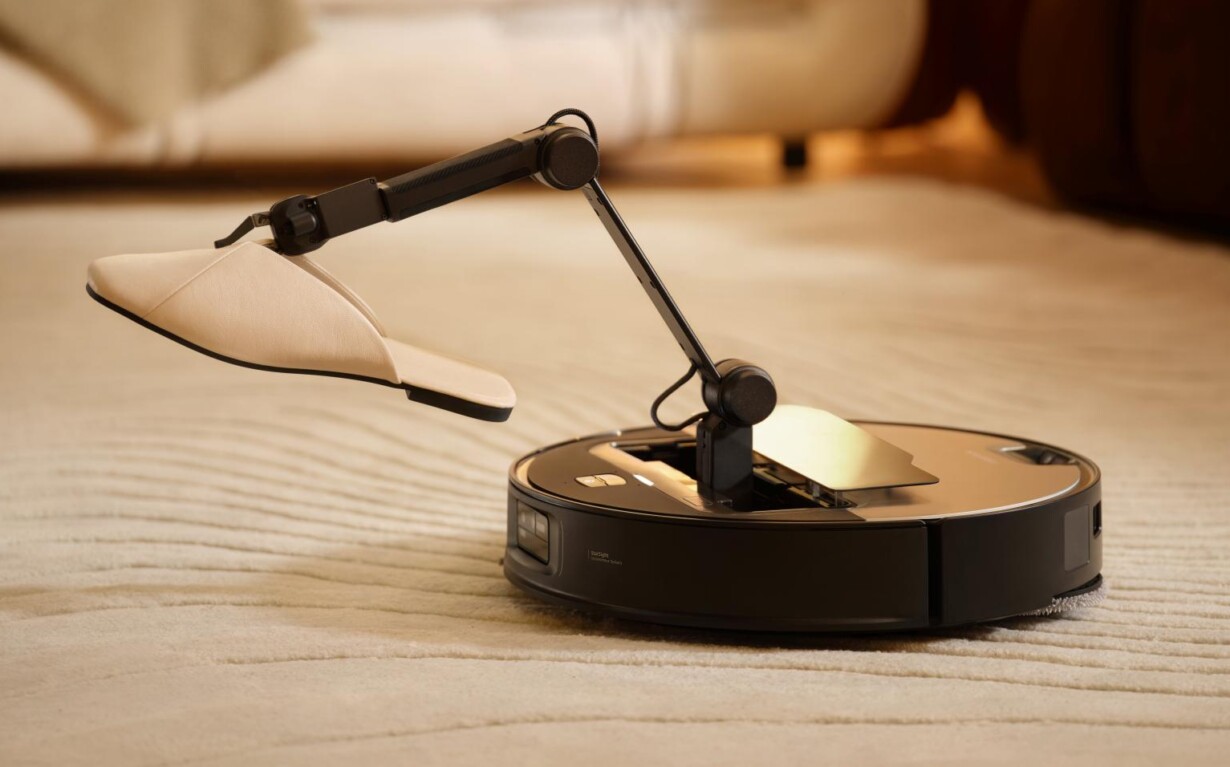A critique from the perspective of Eidoism
Introduction: The Desire to Outsource Effort
In the age of smart living, where automation creeps into even the most trivial domestic routines, the robot vacuum cleaner stands as a cultural symbol. Advertised as a tool of liberation, it promises to remove the burden of daily cleaning and give users back their time—an alluring offer in a world obsessed with optimization. Yet behind this promise lies a deeper question: Does this device embody form, or does it merely reflect our desire to escape presence under the mask of intelligence?
From an Eidoist perspective, this is not a question of convenience, price, or technology. It is a question of purpose, essence, and distortion. Does the robot vacuum fulfill a real need in a way that respects the material, the process, and the mind? Or is it a reaction to a lifestyle of clutter, laziness, and unconscious consumption?
The Core of Form in Eidoism
Eidoism challenges every object, decision, and behavior by asking:
Does this express essential function without recognition distortion?
Form, as understood here, is not style. It is not design. It is the direct manifestation of necessity, shaped without the influence of social validation, marketing desire, or psychological escapism.
An object with form solves a real problem in the simplest, most honest way—without amplifying complexity or feeding the unconscious loop of recognition.
Robot Vacuum Cleaners: Between Utility and Escapism
The robot vacuum cleaner, on the surface, appears to serve a real function: it cleans. But what motivates its existence? A broom also cleans—better, faster, and without electricity or waste. The robot vacuum introduces:
- Software that needs updates
- Sensors and cameras that collect data
- Apps and schedules that must be configured
- Plastic housing, circuit boards, batteries, motors, all mined, shipped, assembled, and replaced
- Obsolescence cycles that push upgrades every few years
All to avoid ten minutes of sweeping per day.
It does not follow form. It avoids presence.
It replaces a rhythmic human gesture with a buzzing algorithm that moves with the intelligence of a trapped beetle—often repeating, failing, or tangling in the very environment it claims to master. The user feels “free” but only because the task has been delegated, not because life has been simplified.
The Hidden Cost of Comfort
A robot vacuum doesn’t just cost money—it consumes resources far beyond its function. For the price of a Roborock Q Revo ($600), a person in Vietnam could live for two months: eat well, pay rent, have power and transport. In this light, the vacuum is not a cleaning tool—it is a luxury device that monetizes avoidance.
And what is truly being avoided?
- The small discipline of daily effort
- The meditative repetition of sweeping
- The brief physical connection with one’s space
- The confrontation with inertia and time
The robot vacuum becomes a machine to escape the self—not dust.
Verdict: Anti-Form in Disguise
Under Eidoism, the robot vacuum cleaner fails.
It does not arise from necessity. It does not express simplicity. It does not reduce friction—it adds hidden layers of complexity, material exploitation, and mental fragmentation under the illusion of efficiency.
It is an object shaped by the loop:
Not “What do I need?”
But “How do I avoid what I don’t want to do, and still feel good about it?”
Therefore, the robot vacuum is not form. It is function distorted by comfort. It may serve the body, but it betrays the mind.
Note to the Reader: A Self-Critique
At first glance, the idea of buying a robot vacuum cleaner may seem reasonable—even wise. But this response doesn’t arise from necessity. It comes from a deeper script many readers follow unconsciously:
the standard mindset of the wealthy consumer.
In that mindset:
- Time is treated as a commodity—anything that saves it is assumed valuable.
- Automation is seen as progress—more tech means higher intelligence.
- The more features something has, the more “worth it” it becomes.
- Spending hundreds of dollars on convenience is normalized—even admired.
- Daily physical tasks are viewed as inefficiencies, problems to be solved.
This logic is not questioned because it is everywhere. It feels rational, even virtuous. But it is not form. It is a comfort-maximizing loop—justified by wealth, reinforced by design, and driven by subtle signals of recognition. The robot vacuum becomes desirable not because it’s needed, but because it performs not having to do something. It sells the feeling of being above effort.
And yet, in real terms, that same $600 could sustain two months of life elsewhere—with food, shelter, energy, and time intact. What then is being purchased? A clean floor? Or a symbol of control, optimization, and escape?
The critique here is not directed at a particular product—but at the reflex that made it feel essential. If the thought still lingers—“But it’s useful…”—then the loop is still active. It’s not shameful. It’s common. But it’s also a chance to stop, see, and ask:
Is this truly necessity, or just another disguise for the avoidance of presence?


